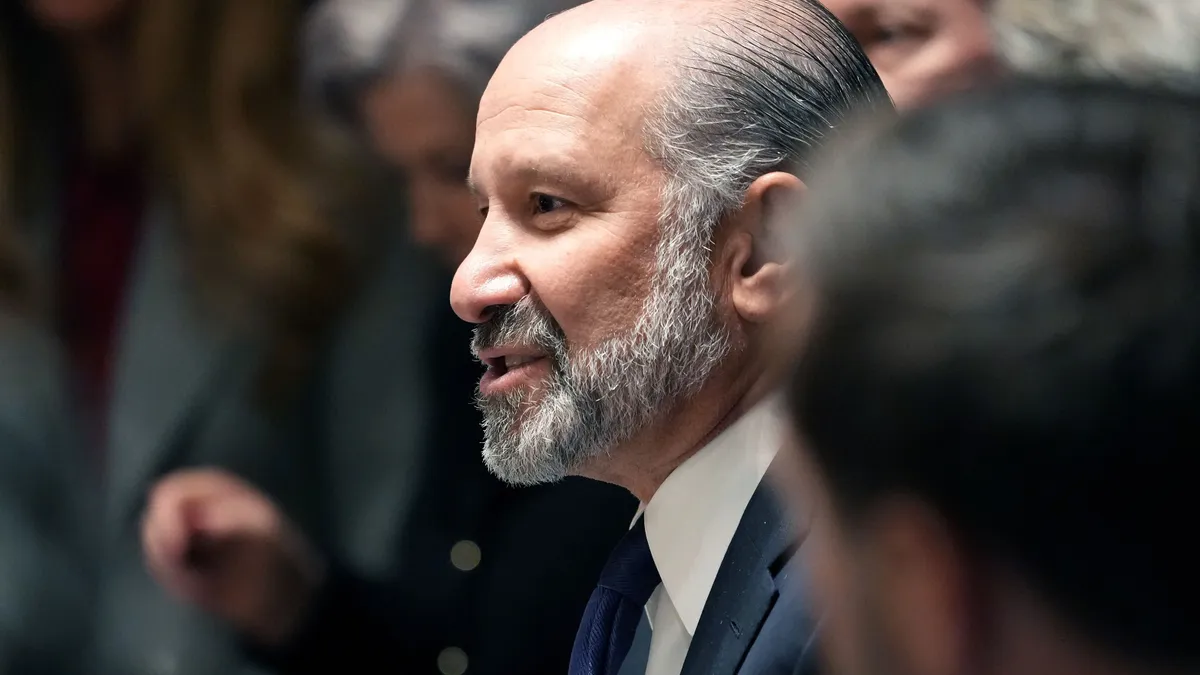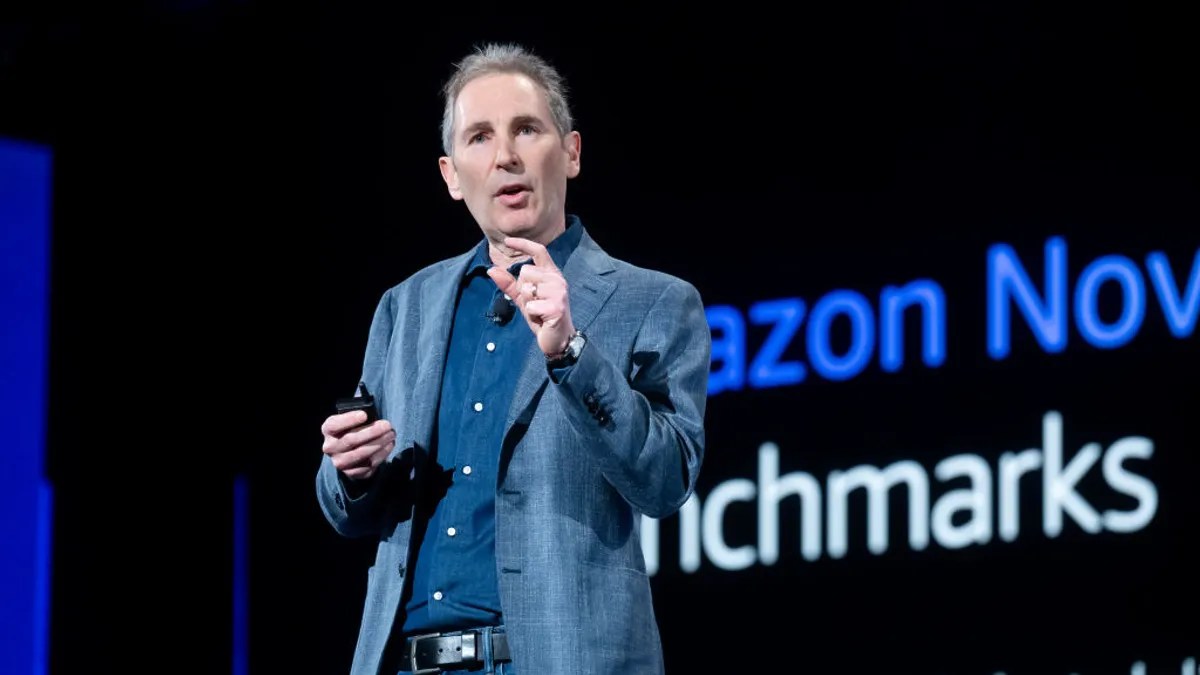Taming cloud costs is a two-headed beast. Executives must grapple with access governance, usage controls and data access to curb overprovisioning, while also leaning on vendors to reduce billing complexity and provide greater cost structure transparency.
For tech leaders, the problem presents an opportunity to get smarter about cloud — to recast missteps priced into the cost of early adoption as lessons for successive migrations.
The table is set for enterprises to make significant cloud cost management gains this year, analysts told CIO Dive.
Cloud practitioners have codified lessons learned from failed migrations and budget overruns under the banner of FinOps, an operational framework for rationalizing usage, reining in spend and aligning cost with value.
“The rise of FinOps and cloud cost optimization strategies are steady drumbeats for CIOs,” Drew Firment, chief cloud strategist at Pluralsight, told CIO Dive. “The real complexity with cost management and reporting falls within the organization itself.”
FinOps practices found firm footing as the economy slid into a slowdown last year and executives grew more concerned about cloud cost control than IT’s perennial supervillain, cybersecurity.
Optimization became a mantra for consumers and providers alike in 2023 and remains an enterprise imperative as the new year begins.
FinOps finds FOCUS
FinOps got a boost in October when AWS joined Microsoft and Google as a premier member of the FinOps Foundation, a cloud financial management organization allied with the Linux Foundation.
The foundation rolled out an operational version of the FinOps Open Cost and Usage Specification, known as FOCUS, in November. The open source technical project provides a vendor-agnostic, cross-cloud schema for analyzing billing and usage data.
Forrester expects hyperscalers to integrate the specifications into their cost structures this year.
AWS, Microsoft and Google Cloud are already invested in FOCUS. All three hyperscalers contributed to the specifications and Google Cloud added a FOCUS billing view option to its BigQuery data warehouse service last week.
“Given its backing by cloud users such as big banks and retailers, FOCUS is gathering momentum,” Lee Sustar, principal analyst at Forrester, said in a blog post.
Tim O’Brien, senior director of engineering and cloud cost management at Walmart, is on the FOCUS steering committee. Capital One and Goldman Sachs also contributed to the project.
A FOCUS-aligned open-source data conversion tool that reconciles cost and usage metrics from multiple providers is currently in development, Mike Fuller, CTO at the FinOps Foundation, told CIO Dive.
“The story for this year for us is that the schema is out there and available,” Fuller said. “But it's not one-and-done. There are going to be a whole pile of other FinOps use cases that we want to cover and data columns that we want to add to the schema.”
Migration frustrations
Despite cost control progress, migration pain points remaint.
Cloud can be an enabler, an efficiency engine and a practically bottomless well of storage and compute for many organizations. But it can also bust the IT budget, leading to contract terminations and career consequences.
“There’s still accountability out there,” Andy Sealock, senior partner, advisory and transformation at West Monroe, said in an interview with CIO Dive. “When your IT budget runs over because your cloud spend is twice what was budgeted, people’s heads roll, people lose jobs and get demoted — that’s what can happen when you overspend.”
A common mistake is failing to refactor legacy applications pre-migration and paying three times as much servicing technical debt on the back end, Sealock said.
“Lift and shift killed a lot of people,” Jason Birmingham, CTO for global technology operations at Broadridge Financial Group, told CIO Dive. “They learned the hard way that forgetting about tech management fundamentals is a great way to have a huge cloud bill.”
Governance helps. Broadridge cut costs nearly in half by implementing telemetry, dashboards and usage metrics to spot anomalies, Birmingham said.
“It’s somebody's job to look at the variances, so if somebody's $5,000 off their budget, they're getting a phone call,” said Birmingham. “Once you start monitoring things, magic starts to happen.”
Industrywide adherence to billing and usage rate standards would represent a big step forward in the cost control battle, Kathy Kay, EVP and CIO at Principal Financial Group, said.
“Talking to other CIOs, we are all focused on how to have a mature FinOps practice,” said Kay. “With the capabilities we’ve built out, we can see where we have workloads that are staying on all the time when they shouldn't be and there are other things we are trying to optimize, but it would really be nice if we had billing standards.”
Repatriation considerations
A robust FinOps strategy should be based in cloud but not dismissive of architectural options.
When optimization efforts fail, executives should be prepared to revamp strategy and reconsider deployments, even if that means bringing certain workloads back on-prem, David Linthicum, chief cloud strategy officer at Deloitte, said.
“2023 was kind of the year of repatriation,” Linthicum said, noting that a lot of the applications organizations shifted back to on-prem should never have migrated to begin with.
Repatriation was part of Broadridge’s cost control strategy, according to Birmingham.
“We looked at what are the use cases for each of our apps and, in some cases, we moved out of cloud and put them back on-prem,” Birmingham said. The company shifted other apps to lower-cost cloud environments.
Finding the right home for workloads shouldn’t pit cloud against on-prem, Linthicum said. Decisions should hinge on bringing the most value back to the business.
“We're moving into a ubiquitous kind of environment where stuff is going to run everywhere — in cloud, on-premises and on our wristwatches and mobile devices,” said Linthicum. “That’s going to involve very complex architectural decisions that could save companies many millions of dollars over the next few years.”
Cenk Ozdemir, cloud and digital leader at PwC US, said some organizations migrated too many workloads without considering down-the-road costs, and some applications were just too expensive to run in cloud.
But, Ozdemir stressed, such considerations aren’t unique to cloud.
“With FinOps, the discussion should cut both ways,” Ozdemir said. “On-premises may not be cost effective either. It needs to be a two-way discussion.”























